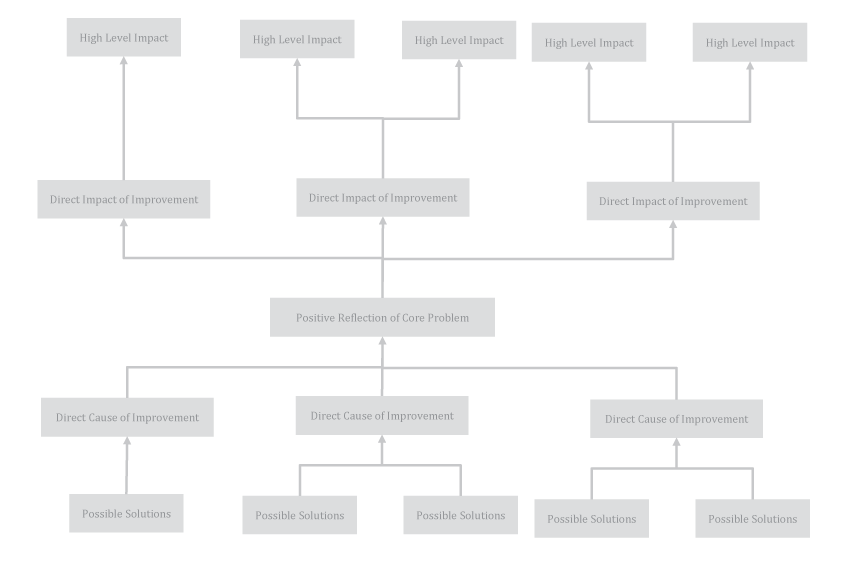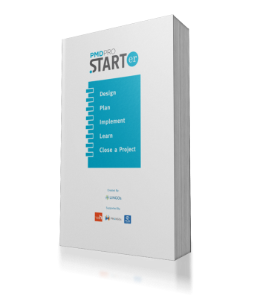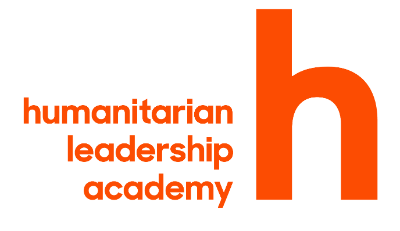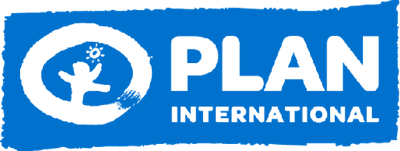Objectives Tree
I want to design a project...
by identifying the solutions it will provide to problems
This tool will enable you to consider multiple perspectives and provide an organized structure for your project’s objective.

WHAT is it?
Think of ANOTHER tree with roots and branches! Like the Problem Tree, the Objective Tree is a great tool to help you consider different perspectives, and to define the different routes that you could take to solve your problem.
This tool helps you to define where and where not to intervene. It provides a structure for the conversation that you need to have with your team, the output of which becomes your project’s objective.
HOW do I use it?
Teamwork: Involve people who know something about the issues and context that your project will operate in (likely to be the same people who worked through the Problem Tree).
Visualize: If you can, share the video with your team to show how the Objective Tree works in practice. If you can’t, find another way for everyone to imagine a tree with its trunk, roots and branches.
Start work: You need to turn your Problem Tree into an Objective Tree. Your tree trunk becomes your project objective, and the roots and branches are redefined to focus on solutions. As you work through the roots and branches of your Problem Tree, overlaying each of them with solutions, you develop the framework that you need to assess how and where your organization can best respond.
In the Delta River area, one of the causes of waterborne illness could be that communities are using the river for drinking water, the effect of which is illness and death in children. As a UNITAS project manager, your specialism could be conducting public awareness campaigns, an initiative that no other NGOs in the area have covered. You also know that this is a priority for communities. You are now well on the way to shaping your project objective!
Lead the discussion: Use questions to draw out responses. Are you all thinking along the same lines? Do you need to re-frame areas for improvement?
Once you are all on the same page, you have your Objective Tree. Do this right, and you will have everything that you need to progress onto the next stage – establishing the logic of your project.
WHEN do I use it?
You use this approach at the critical time before your project starts and after you have completed your Problem Tree.
Who is involved?
Tips:
Additional Resources

Supported & Developed by:
Shared by:
Users are free to copy/redistribute and adapt/transform
for non-commercial purposes.
© 2022 All rights reserved.




